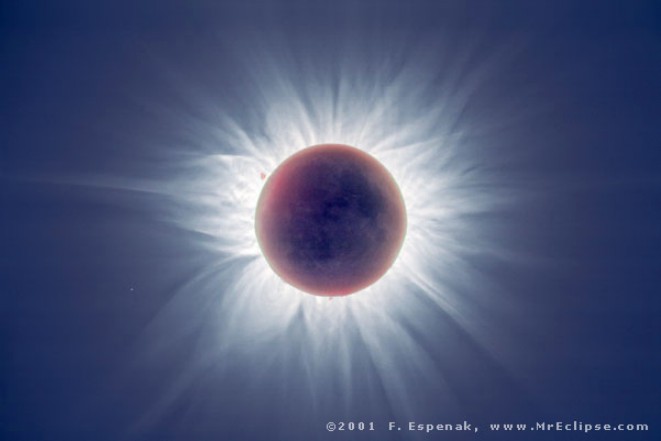
Venus instead takes the first place as the hottest planet of our solar system. Take Mercury, for example.Įven though it is the closest planet to the Sun, it isn’t the hottest. Though these estimates are hard to fathom, we can be thankful that our Sun is among the most common types of stars in the Universe, which generally have, at least as we currently understand, the right temperatures for life to develop.Ĭoming back at our solar system, distance from the Sun or a star in general, doesn’t necessarily mean cooler temperatures. There is another thing to consider when certain stars end their lives in massive explosions the inside temperatures could reach as high as 10 billion degrees. Some stars reach about 200 million degrees inside their cores or more than eight times the Sun’s core temperatures. Inside the core, temperatures are genuinely astonishing. Some of the hottest stars in the Universe may reach up to 100.000 degrees Fahrenheit as such, they are at least ten times hotter than our Sun.īut these are the estimatives of just the surface temperatures. Our Sun is quite a typical star in the Universe, and when we compare some of its features, especially its temperatures, we once again realize how vast is the world we live in. Because of this distance, the Sun’s light and heat actually reach the Earth in about eight minutes or light-minutes. In our solar system, the Sun is the largest and most massive object at a distance of roughly 93 million mi / 149.5 million km from Earth or 1 AU. The corona cools in time, and as its losing heat and radiation, matter is blown off as the solar wind, which occasionally crosses the Earth’s path. What is interesting is that we assumed the temperatures to be the coolest in the outermost layer when, in fact, this isn’t the case. Thus, the Sun’s corona is hundreds of times hotter than its layers below. In comparison to the rest of the Sun’s body, temperatures rise drastically, ranging from 1.7 million degrees F / 1 million degrees C, up to more than 17 million degrees F / 10 million degrees C. In the corona, temperatures rise though the light can only be seen during an eclipse as plasma streams like the points on a crown. Here is where everything changes drastically.

Viewing it without protection can lead to permanent eye damage.īut why does it appear red? Scientists believe that it is because of the presence of large amounts of hydrogen. However, during total solar eclipses, when the Moon blocks the photosphere, the chromosphere can be seen as a red ring around the Sun. The visible light from the chromosphere is often too weak to be seen against the brighter photosphere. Estimated temperatures are at about 7.800 degrees F / 4.320 degrees C. When it comes to the chromosphere, the next layer of the Sun’s atmosphere, it is far cooler. In the center of the big sunspots, temperatures can be as low as 7.300 degrees F / 4.000 degrees C. Sunspots on the photosphere are colder and darker than the surrounding area. In this region, the Sun’s radiation is detected as visible light. The Sun’s photosphere has been estimated to have temperatures at about 10.000 degrees F / 5.500 degrees C.

Large bubbles of hot plasma form a soup of ionized atoms and move upward to the photosphere. Temperatures here drop below 3.5 million degrees F / 2 million degrees C. From the core, energy moves to the radiative zone, where it bounces around for up to 1 million years before moving up to the convective zone, the upper layer of the Sun’s interior. This process creates vast amounts of energy, and it radiates outward to the Sun’s surface, atmosphere, and beyond. The process of nuclear fusion occurs when hydrogen atoms are compressed and fused together, creating helium. Some estimates put the temperatures at 27 million degrees Fahrenheit / 15 million degrees Celsius. In the Sun’s core, gravitational attraction produces immense pressure and temperature. Though it is the hottest object in the solar system, other stars are far hotter, even tens of times so.īut how hot is the Sun? This question is a bit tricky to answer since this celestial object varies tremendously in temperatures, but here are some things to consider. Our Sun is an enormous energy and light-producing sphere of glowing gases. The average surface temperatures are at around 5.778 K, but they vary since it is composed out of three layers. The Sun is nearly a perfect sphere of hot plasma.


 0 kommentar(er)
0 kommentar(er)
